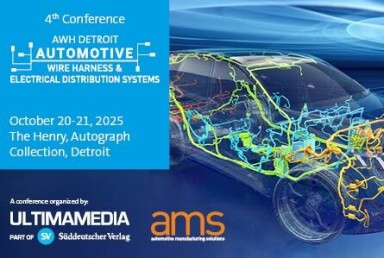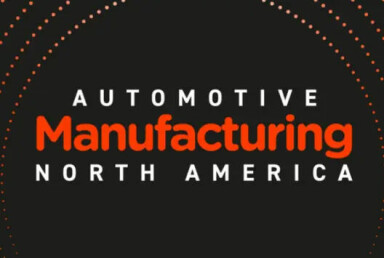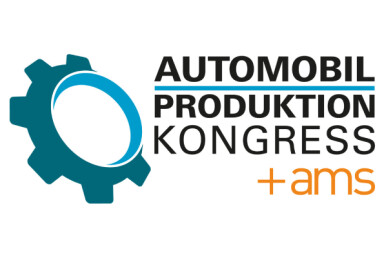New additive manufacturing applications for the auto industry
A technology that continues to develop with new materials and applications, ArcelorMittal believes additive manufacturing has clear potential in the automotive industry to optimise global platforms and extend their longevity.

Additive manufacturing (AM), commonly known as 3D printing, holds immense promise for the automotive sector. It offers a wide range of benefits, including access to new material properties, innovative custom designs and geometries, customisation at scale, reduced tooling costs, increased tool flexibility, faster time to market, and efficient prototyping. Aubin Defer, CMO of ArcelorMittal Powders shares some insights into new applications.
Using smart, local 3D add-ons for larger and heavier vehicles in smaller series, global design changes or local redesigns can be avoided, saving costs while ensuring that vehicle fleets remain compliant with new regulations. Technologies such as Laser Powder Bed Fusion (LPBF), Binder Jetting (BJT), and Directed Energy Deposition (DED) can be deployed to unlock these benefits.
“While a one-for-one part substitution will rarely be justifiable, AM offers the opportunity to think holistically about complete new designs for body-in-white and chassis components.”
However, the current state of AM needs to improve in terms of cost per part and repeatable quality, to become a viable option for the automotive industry beyond R&D and prototyping. New steel grades are being enabled by AM and the ability to design and simulate effectively for these will be key. While a one-for-one part substitution will rarely be justifiable, AM offers the opportunity to think holistically about complete new designs for body-in-white and chassis components.
Addressing challenges with AdamIQ™ AM solutions
To address these challenges, ArcelorMittal is developing solutions in collaboration with key AM technology providers. The joint aim is to streamline the use of this technology and improve the “designability” and uptake of steel additive manufacturing solutions. This is done using numerical models to enhance printing productivity and quality, on existing equipment, while reducing the need for post-processing and heat treatments by using new metallurgies specifically designed for steel additive manufacturing.
More importantly, ArcelorMittal is currently installing in-house capacity to produce steel powders at scale in larger batch sizes with repeatable quality and a low carbon footprint, using renewable energies and maximised scrap from the ArcelorMittal group. With new steel metallurgies for toolmaking and small series of parts, the aim is for steel additive manufacturing to bring new properties that will inspire automotive designers and become readily available for future projects.
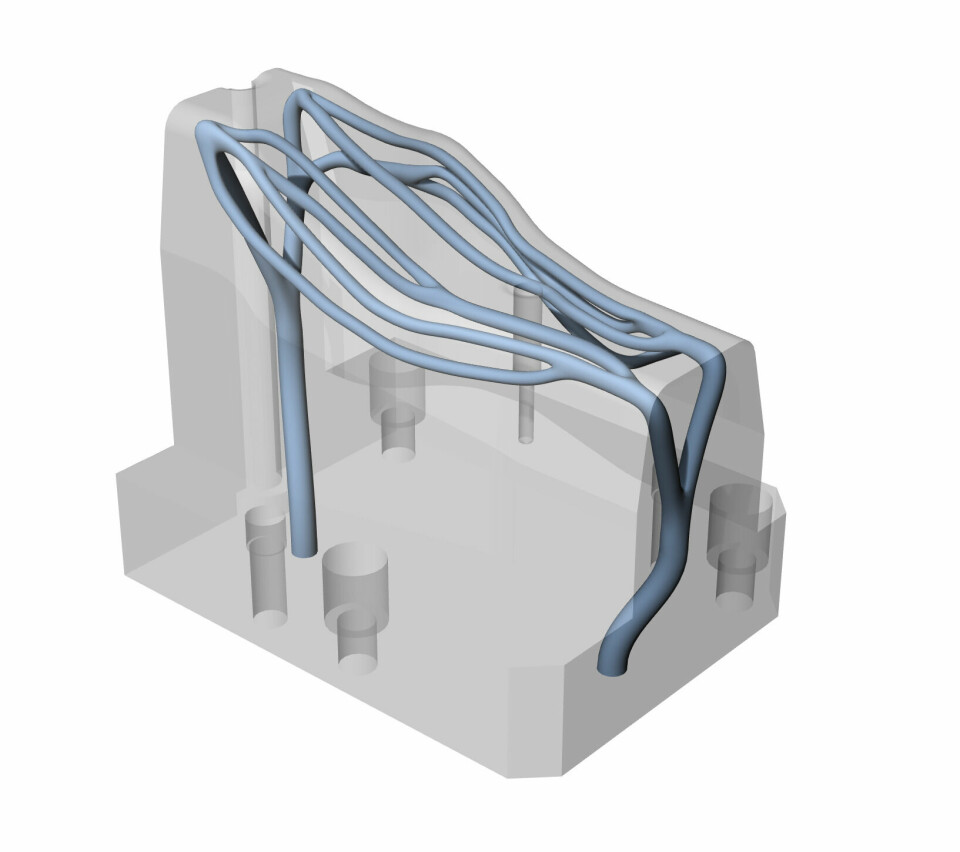
Additive manufacturing and moulding – A success story
The adoption of AM for creating moulds with conformal cooling channels is revolutionising production processes and improving product outcomes. Conformal cooling, particularly in hot stamping moulds, plays a pivotal role in enhancing manufacturing efficiency, which is especially important for the automotive industry, where precision, speed and quality are paramount.
In traditional manufacturing, internal channels are created by drilling straight holes, which cannot adapt to the complex geometry of parts. AM removes this constraint, allowing moulds to be designed with optimised cooling channels that follow the mould’s geometry precisely. This means that cooling ducts can now follow the contour of a part at a constant distance, avoiding unwanted hot spots, improving heat removal, reducing cycle times, and enhancing overall part quality and energy efficiency.
Additionally, the development of design automation tools is significantly reducing the engineering effort required to design such moulds. By automating the more repetitive aspects of the design process, engineers can focus their efforts on fine-tuning the moulds for performance. Such automation saves valuable time, which translates into faster production cycles and more agile manufacturing processes.
ArcelorMittal is developing a range of tool steel powders specifically designed for additive manufacturing of moulds for hot stamping, as well as injection moulding and casting, starting with a Cobalt-Free maraging steel. It is also working on widening the process window to print H13, the most common alloy used in CNC machining of moulds and dies.
“The first example of adoption of AM in volume in the automotive industry is seen in the answer from OEMs to the new Euro 7 regulation, that extends the ruling to brake disc emissions, to cut fine particle emissions from disc abrasion”
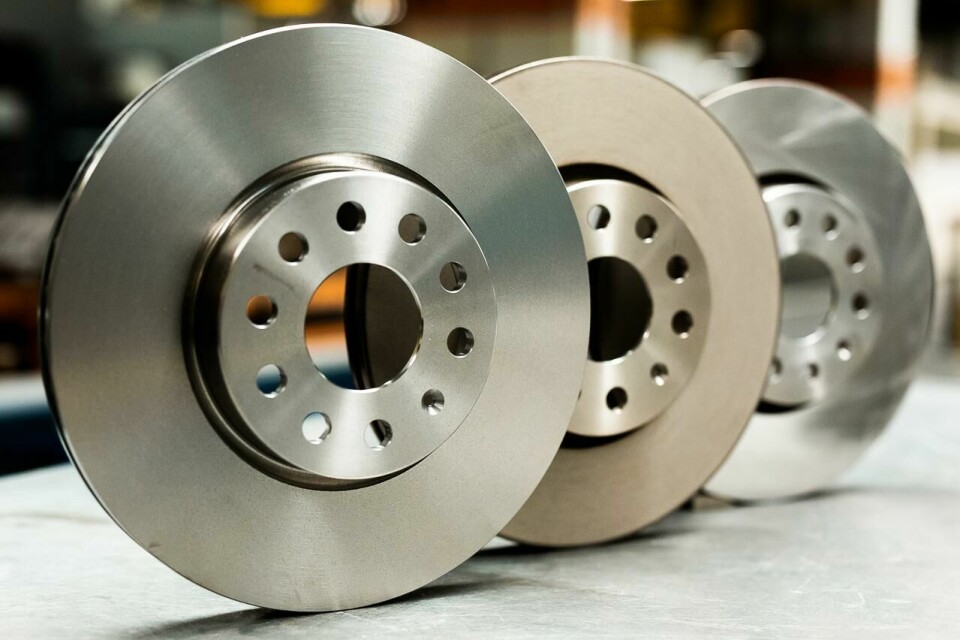
Euro 7 – The first serial use of additive manufacturing in automotive
The first example of adoption of AM in volume in the automotive industry is seen in the answer from OEMs to the new Euro 7 regulation, that extends the ruling to brake discs emissions, to cut fine particle emissions from disc abrasion. It applies from end of 2026 with more severe steps planned for 2030 and 2035. Emissions from powertrain and exhausts systems were reduced by previous regulations to a point where particle emissions from brakes now become predominant.
Using AM, automotive OEMs have developed the deposition of a wear resistant coating on existing grey cast iron discs to meet fine particle emissions targets for friction brakes. The coating process can be done either by high-speed laser cladding or cold spraying, using a corrosion resistant stainless-steel powder combined with wear resistant carbides.
Following ArcelorMittal’s tradition of improving and innovating to meet the evolving needs and challenges of the industry, the company has set up a lab capability to replicate the coating process and develop further powder solutions that will optimise both the cladding process and the final coating properties, to achieve the best results in reducing brake emissions. ArcelorMittal is poised to address this challenge and is currently working closely with major automotive OEMs and brake manufacturers to further improve the solution.
ArcelorMittal – Continuous R&D to remain at the forefront
Leveraging its metallurgical expertise, ArcelorMittal has been able to design specific, leaner alloys that provide part properties not achievable by conventional manufacturing methods.
In this sense, ArcelorMittal’s strategy extrapolates from the legacy business model in the automotive sector, combining not only expertise and technology in product development but also in optimising part processing. These optimisation services include modelling for productivity, processability and metallurgical solutions.
